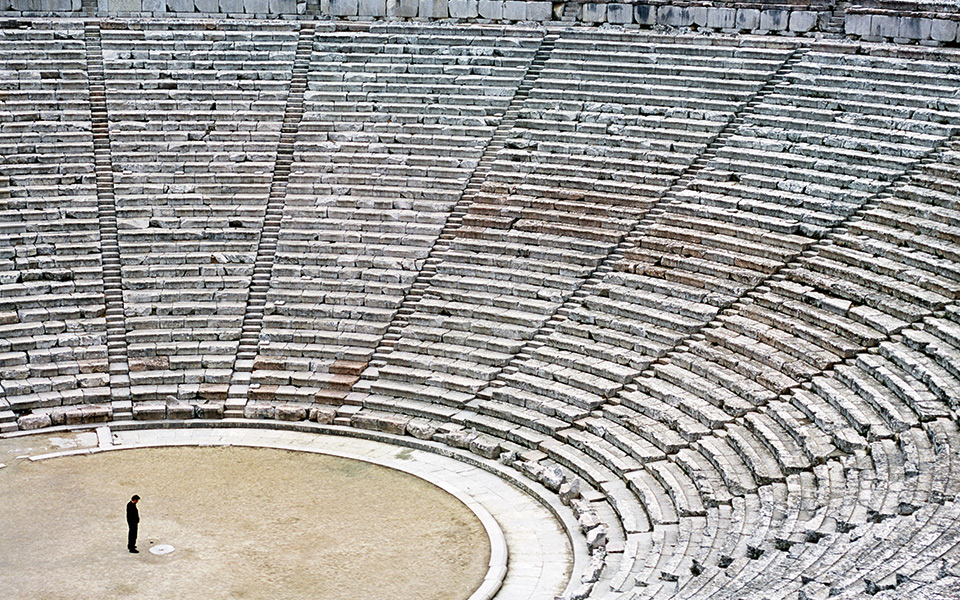In recent years, eclectic travelers seeking to enhance their well-being as part of a memorable vacation experience have created a new international trend, wellness tourism. Two-and-a-half millennia ago, these same travelers would very possibly have headed for Epidaurus.
In a way, this new trend marks a return to the wise practices of the ancient Greeks, who regarded disease as a multifaceted phenomenon to be approached through religion and medicine in parallel. In antiquity, people flocked to healing sanctuaries known as Asclepieions. There were around 30 such sanctuaries across the Mediterranean, including at Epidaurus. They were dedicated to the god of medicine, Asclepius, who was said to appear to patients during the curative dream ritual. The dream was interpreted by a priest-physician, who prescribed a cure.
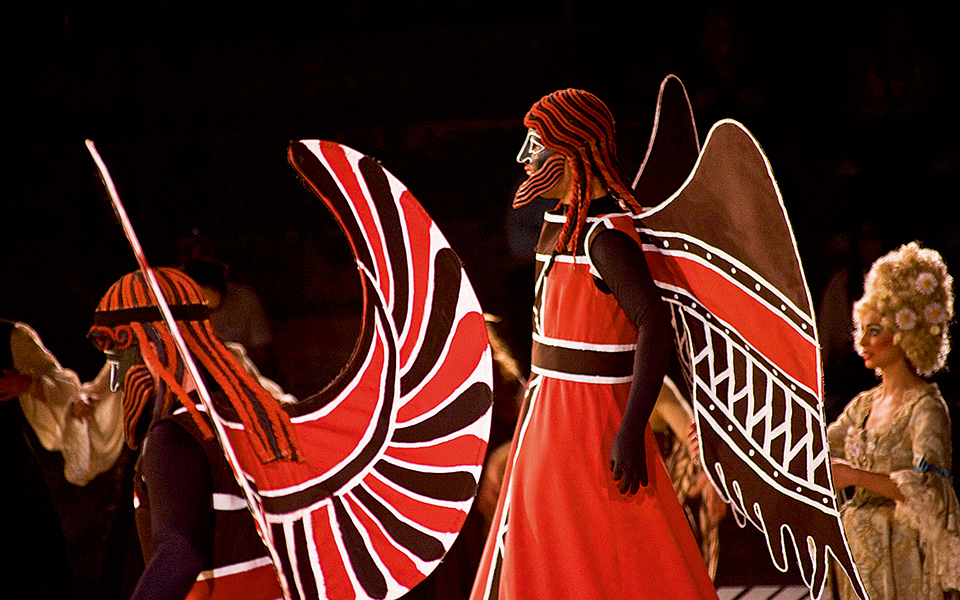
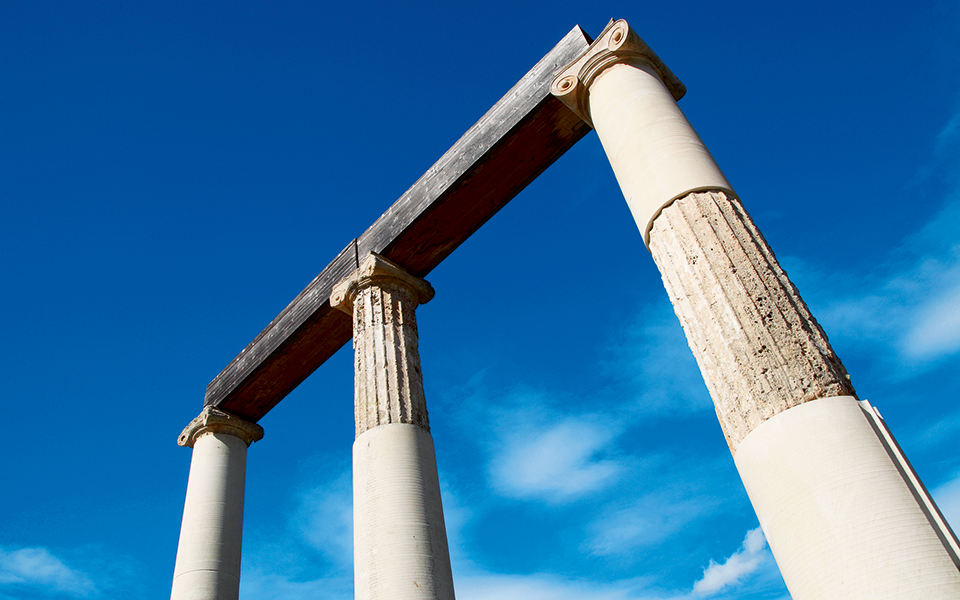
The Asclepieion of Epidaurus flourished from the late 5th Century BC to the end of the Roman Era. Pilgrimages there (leaving the city for the countryside was the first step in devotional travel) were based on rituals and practices performed by priests. “Upon arrival, patients would bathe, describe their symptoms and then drink a soporific potion (whose ingredients are unknown),” says the director of the Museum of Cycladic Art, Professor Nicholas Stampolidis, who curated the museum’s hugely popular exhibition “HYGIEIA: Health, Illness, Treatment from Homer to Galen,” which ran from November 2014 to May 2015.
Epidaurus was one of the most celebrated Asclepieions of the Classical world. It grew over time, with a sanctuary, temple, altar, stoa, gymnasium, baths (there were also mineral springs), even a dining hall and a large hospice. In fact, as a destination, it had many of the facilities one might expect to find in a high-end spa resort today. Close by stood the theater of Epidaurus, which was an integral part of the healing sanctuary, for, as Professor Stampolidis points out, “performances were considered part of the therapeutic process since they were beneficial to all the senses, and could thus promote catharsis.” Patients are thought to have been “prescribed” to attend specific performances depending on their condition, and the theater’s incredible acoustics are believed to have been used for sound healing.
“ Patients are thought to have been “prescribed” to attend specific performances depending on their condition and the theater’s incredible acoustics are believed to have been used for sound healing. ”
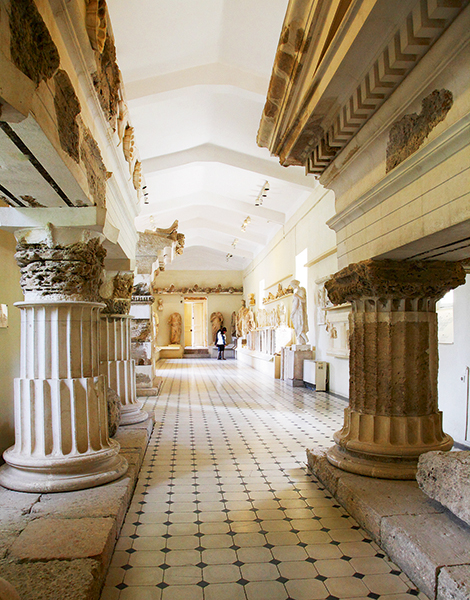
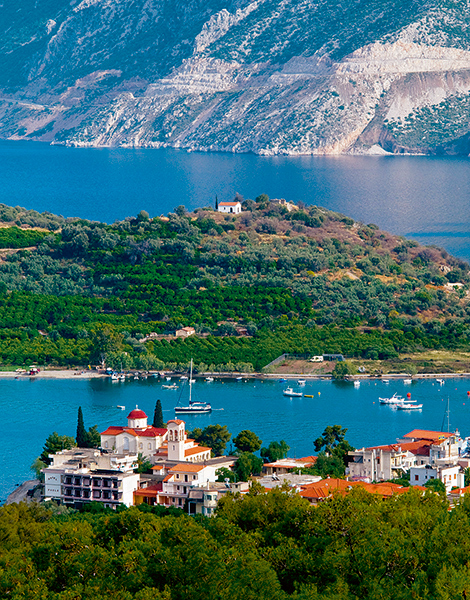

NOT JUST ABOUT THE PAST
Although Epidaurus’ ancient past continues to draw and inspire visitors from all over the world, the nearby villages of New (Nea) and Old (Palaia) Epidaurus (Epidavros) are also beautiful, visit-worthy spots that are often overlooked by theatergoers and tourists. Apart from the well-preserved “Small Theater,” there is much more evidence of antiquity in the old town, while its layout has changed little since Homer described it millennia ago. Yet the extremely picturesque town offers a scenic and serene getaway for a day-trip or longer. With Classical Greek roots but also an air of Italy’s elegant Amalfi Coast, its cobalt blue harbor fills with sailboats in summer. Here visitors will find abundant greenery, modern cafés, low-rise architecture, friendly, old-fashioned tavernas serving fresh seafood and several great swimming spots such as Gliati and Vayionas.
Less than 10 kilometers from Old Epidaurus, at the foot of Mt Akrosa, is the new town, which is ideal for a stroll along its island-like, cobbled streets past charming, traditional homes. Nature lovers can explore Vothyla Gorge, swim in the blue-green waters of Polemarchas beach or take an invigorating trek along the pine-lined path along Yialou River, while history buffs can visit the impressive sites of the old Byzantine and Venetian castles, and the 11th century fortress-like Monastery of Agnountos.
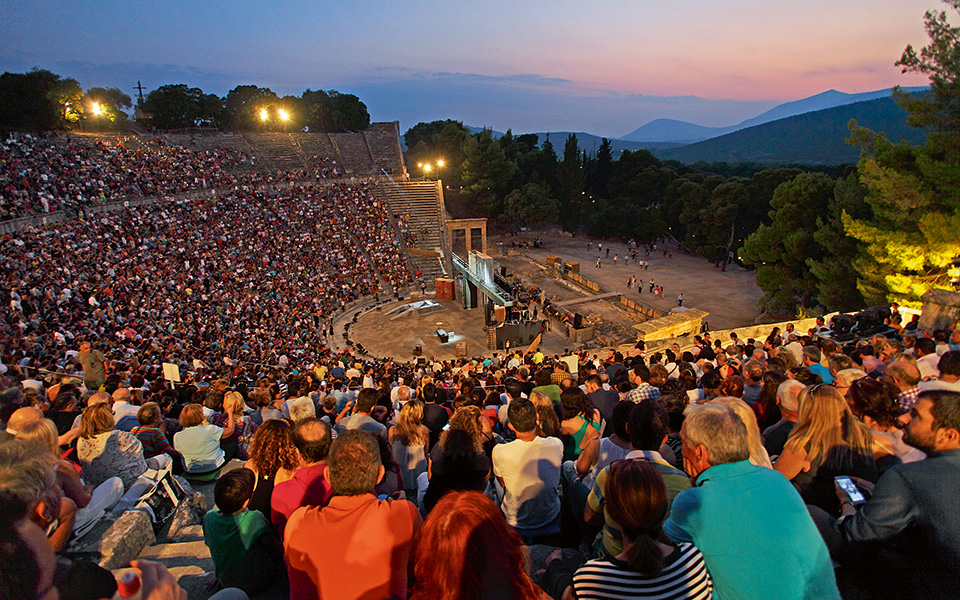
© Olga Charami
THE THEATER & THE MUSEUM
For the past 60 years, audiences have been relishing the unique experience of watching plays and concerts in the remarkably well preserved Ancient Theater of Epidaurus, under the star-filled sky, exactly as people did over 2,500 years ago. Every summer, from June to October, a series of memorable performances are hosted at the theater in the framework of the Greek Festival. The theater, located within the archaeological site of the Sanctuary of Asclepius and with a seating capacity of 14,000, was first reused as a venue in modern times in 1938 with a staging of Electra, before being officially inaugurated in 1955 with Euripides’ Hecuba, directed by Alexis Minotis.The Epidaurus Archaeological Museum features a Statue of Asclepius, bronze medical eqipment, the side section of the Propylaea of the Asclepius temple and numerous other finds that bring Epidaurus’ past to life.
INFO
Tel.: (+30) 27530.220.09, 226.66
• Opening hours: November to March, 08:00-17:00, April to October 08:00-19:00.

